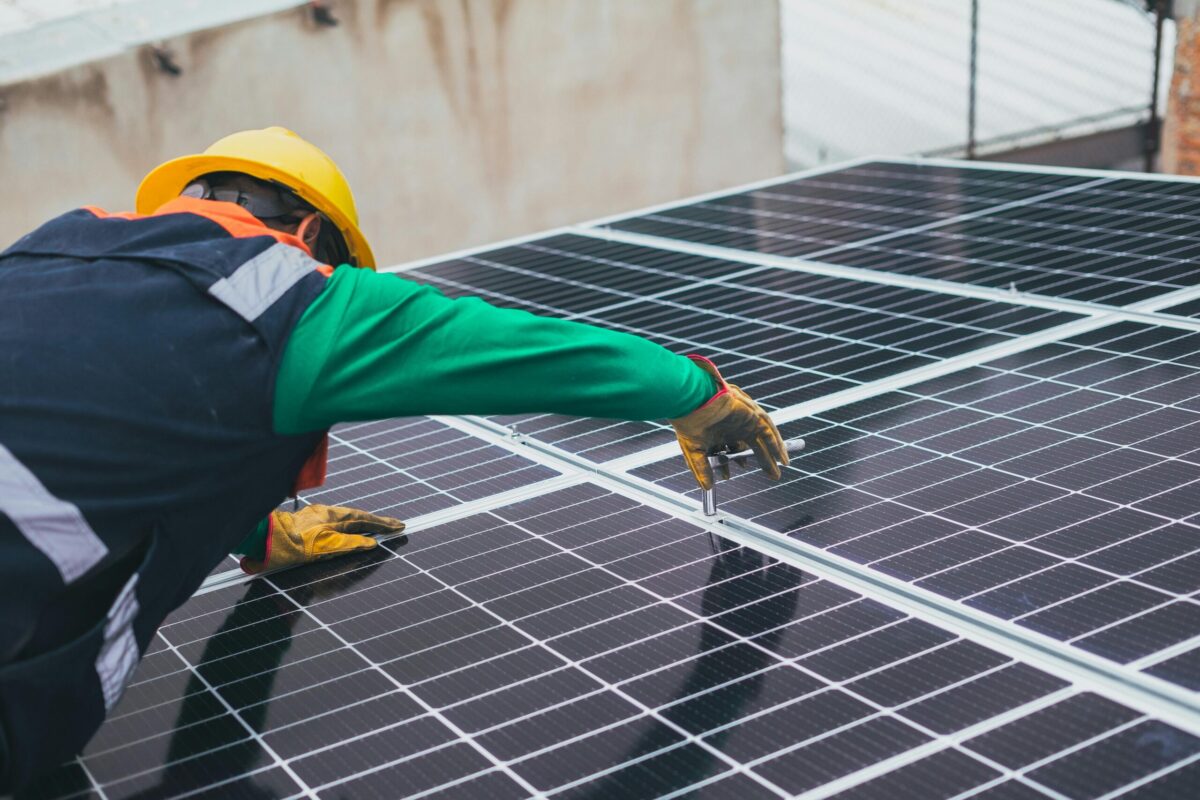While the mainstream media continues to report on the many attempts by utilities to degrade the economics of distributed solar, more often than not such attempts are rebuffed in the regulatory process.
As an example of this, yesterday New Mexico regulators approved a deal under which Southwestern Public Service Company (SPS) abandoned an attempt to increase a surcharge on its customers who have installed solar PV or other forms of distributed generation.
SPS serves roughly 381,000 customers in 50,000 square miles that straddles the border of Texas and New Mexico, and this rate case covered its New Mexico customers. These customers are eligible for retail-rate net metering, but may not “roll over” credits for excess generation from month-to-month.
However, they must pay an 2.0 to 4.3 cents for every kilowatt-hour (kWh) of electricity they produce with distributed generation, with residential customers paying 3.6 cents/kWh, through a surcharge. Last October Southwestern had proposed to increase this surcharge by 31% for residential customers, and up to 48% for other groups of customers, as part of its rate case.
After challenges by Vote Solar Initiative, a coalition of New Mexico environmental groups and others, a deal was struck on May 2 under which the increase on the surcharge would be dropped, and additionally the surcharge will drop 20% for agricultural customers.
Earthjustice Attorney Sara Gersen, who participated in the process on behalf of Vote Solar Initiative, notes that agricultural customers must also pay a demand charge. She says this charge “puts them in a position to be able to argue for having the (distributed generation surcharge) go down, to avoid duplication.”
Under the agreement SPS was allowed to increase fixed charges for all residential customers increased from $7.50 to $9.50 per month. Yesterday this deal received the blessing of the New Mexico Public Regulation Commission.
Utilities are often attempting to increase fixed charges in response to a rise in distributed generation, but in many cases are not successful. A recent report by North Carolina Clean Energy Technology Center notes that during Q2, most of the attempts by utilities change the economics of solar involved higher fixed charges, their most common request, were rejected by commissioners.
This content is protected by copyright and may not be reused. If you want to cooperate with us and would like to reuse some of our content, please contact: editors@pv-magazine.com.









By submitting this form you agree to pv magazine using your data for the purposes of publishing your comment.
Your personal data will only be disclosed or otherwise transmitted to third parties for the purposes of spam filtering or if this is necessary for technical maintenance of the website. Any other transfer to third parties will not take place unless this is justified on the basis of applicable data protection regulations or if pv magazine is legally obliged to do so.
You may revoke this consent at any time with effect for the future, in which case your personal data will be deleted immediately. Otherwise, your data will be deleted if pv magazine has processed your request or the purpose of data storage is fulfilled.
Further information on data privacy can be found in our Data Protection Policy.